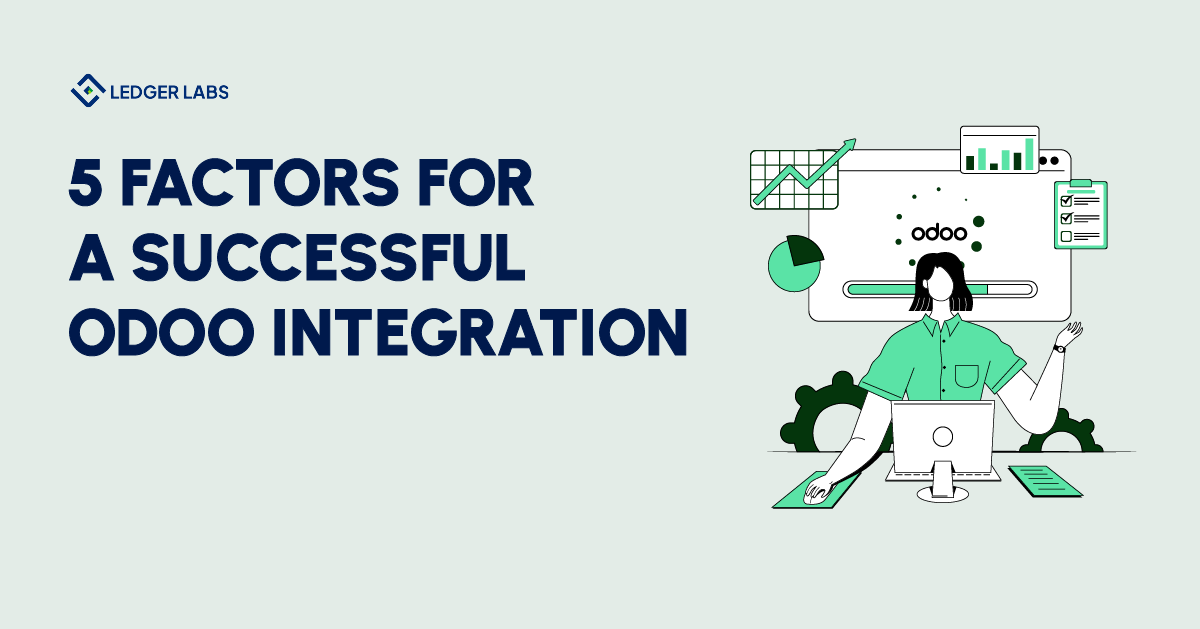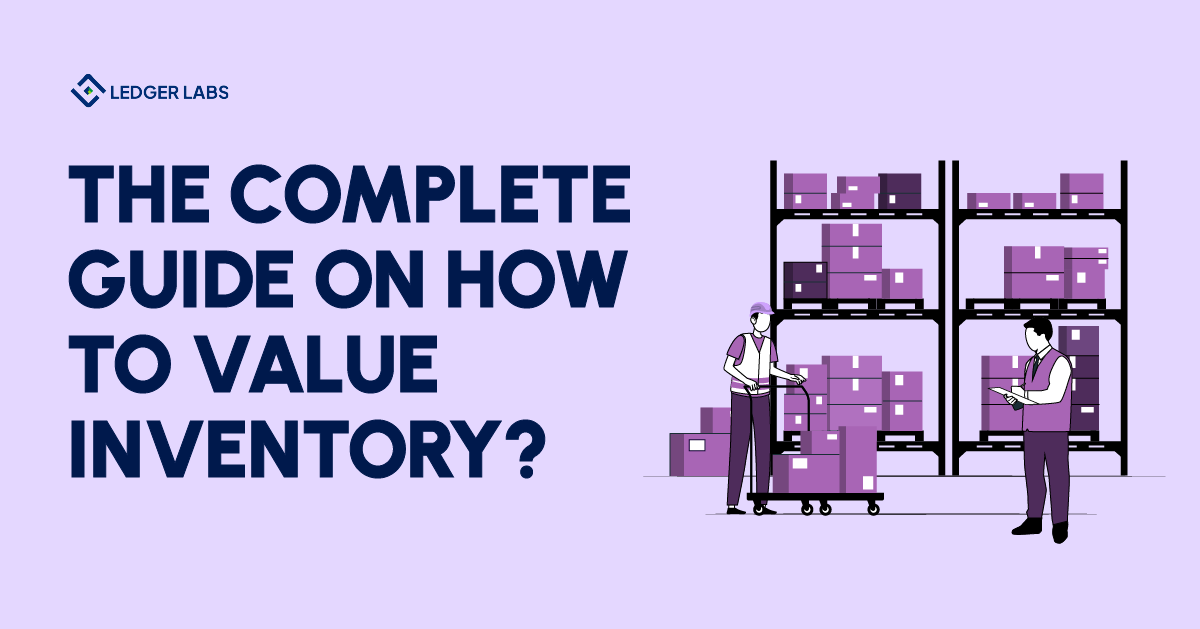Odoo is a complete business management solution for startups and small businesses.
While an ERP is easy to use and offers a wide range of functionalities, its implementation process is complex, making it necessary for you to have technical help on board.
It is important to follow a systematic approach with the right goals and objectives in mind to get as many benefits from this system as possible,
Let’s explore the few challenges that you might face during Odoo integration along with its solutions and best practices.
- Only 63% of businesses have access to accurate inventory levels, a number that can increase with Odoo integration.
- Odoo is an open-source ERP that can improve different aspects of your business.
- 60% of businesses say effective communication is important for a successful Odoo integration.
Importance of Odoo integration
Odoo is an open-source ERP with many integrated business applications. All of these applications work well together, helping you improve daily operations, increase efficiency, and achieve higher productivity.
At the moment only 63% of e-commerce businesses have accurate knowledge about their inventory. In fact, 43% of businesses do not track inventory at all, and if they do, the entire process is manual.
This problem can easily be solved with Odoo’s inventory management.
And Odoo’s functionalities aren’t just limited to inventory management. It helps you manage your transactions, track expenses, and handle account payables and receivables to improve cash inflow and outflows.
You can use it to link your online store with your centralized database. This connection improves order processing since all relevant departments have access to the same information at the same time.
34% of businesses deliver their order late. Now this can reflect badly on customers, decreasing their satisfaction and return rate.
Odoo can solve this problem. With its powerful CRM. it helps you connect and interact with your customers, track and manage leads effectively, and manage all sales activities, like creating a sales order once an order gets placed on the website.
There’s a lot of chatter around scalability whenever a business plans to implement new software into its organization. Odoo doesn’t disappoint here either.
In fact, what makes it so unique is that you can use Odoo for only one application, like accounting for e-commerce, or you can go for several of its applications at a time, like accounting, inventory, and customer relationship management.
This ability makes it highly flexible and customizable since you can add and delete applications per your needs.
And when you compare it to other ERP systems, like its competitor NetSuite, Odoo is quite affordable. You can even enjoy one application of Odoo completely free of cost.
5 solutions to fix common Odoo integration problems
1. A clear roadmap
Businesses struggle to get maximum results from Odoo integration for various reasons but the most common one is the lack of a clear plan.
Now because you don’t have a clear roadmap, you also don’t have a standard guide. It leads to confusion as people aren’t aware of their responsibilities. And the lack of budget leads to higher expenses.
Here’s what you should do:
- Break down every phase of the implementation. It will simplify the entire process, making it more manageable.
- Set properly defined goals. It ensures that everybody is working together to get the same result.
- Odoo is known for its customization but it can be complex. So make sure you know exactly what you want to achieve from this specific customization and how. Know which problems you want to fix and if there is a specific workflow that you want to improve.
- Mark all possible milestones along the way. These work as checkpoints to ensure you are on track with the plan.
- It is important to designate responsibilities to the right people. Make sure that you also develop a budget for this integration, it will help you get the results without slipping off the budget.
2. Support from top management
Many businesses falter as the top management fails to adopt advanced technology. Due to the lack of comfort, they constantly oppose its implementation.
So it is important to have the support of the right people. You must provide detailed Odoo advantages to the top management to convince them of its value.
Here’s what you must do:
- Explain to the higher management how Odoo can be a strategic advantage for the business. Go to lengths to make them understand how Odoo can improve operational efficiency, reduce overall business costs, and make information available in real time for decision-makers.
- Many people in the top management may argue that it is expensive. But you have to change this perspective by providing them with a complete return on investment analysis. Explain to them how Odoo integration is actually an investment that you can cover in “x” number of months or years. And in the long run, this investment will be a cost-saving solution.
- Talk about the growing needs of your business and how this integration helps you meet them effectively. Highlight its flexible and customizable applications.
- Involve all stakeholders as much as you can so that this integration feels more personal, encouraging them to take ownership of this project.
- Respond to all the questions that people might have regarding this software.
3. Avoid user resistance
Once you’ve convinced the top management to integrate this ERP into your business, you might face another obstacle in the face of employee resistance.
Again, this is a challenge that you can easily solve by listing down the problems raised by the employees.
Because you can only fix a problem when you know what it is.
Here’s what you can do:
- Start by providing training to the employees. The reason why most of them resist this transformation is their lack of understanding of the system. You can easily solve this by dividing users into groups. Make these groups based on similar problems. Provide them with personalized training and continue this support until and unless they feel ready. You can give them theory-based training as well as practical training.
- Make sure that you don’t over-complicate the system with unnecessary customization. Odoo is extremely easy to use. It is easy for users to find the features they need, making the system intuitive and user-friendly.
- You can have one-on-one sitdowns and conduct detailed workshops to ensure everyone is on board with the plan.
4. Change management plan
Whenever you install or integrate a new system into your business, you need a change management plan.
It helps businesses plan and track the changes in the organization due to the new system.
So it is better to avoid complications by having a change management plan.
These are the steps that you’ll follow to get this plan.
- In the first step, you will assess the current scenario in the organization. So you will take notice of all the systems that are currently in place. You will observe the workflows and how every business process is linked with each other.
- In the second step, you will identify all the key areas that will be affected by this integration. So if you add Odoo’s accounting application, your finance management team will experience a massive change.
- In the third step, you will identify all the stakeholders that will be affected by this integration. So you are looking at the managers, their executives, and other employees. Here, you have to look at this integration from their perspective. See how it will impact their day-to-day operations.
- Communication strategy is part of the change management plan. In this step, you must decide on the one communication channel that will be used to update changes regarding this integration. It will be the only channel of communication that employees can use to raise their concerns.
- Find an advocator within your company whose job would be to promote this integration plan. They will be responsible for creating a positive environment around this integration. It will be done by highlighting the benefits offered by Odoo.
- Make sure you have a feedback system in place. It will take in reviews from employees so that the process becomes simpler and better for everyone involved.
5. Don’t over-customize the software
Odoo is highly customizable. You can continue to add and remove applications as your business grows.
Many users get carried away with the customization. This, instead of simplifying your operations, complicates them.
Here’s what you can do to avoid going down that route.
- Always prioritize user experience. You want to keep the system simple and intuitive. So the design and layout of this ERP should align with that thought.
- The best way to do this is to get direct feedback from the employees. They are the ones who will be adjusting to this shift. So, it is important to consider their opinion. They can share their workflow so you can design the program keeping that in mind.
- You must understand the importance of moderation. Don’t keep adding applications just because you can. Evaluate your needs and avoid adding unnecessary functionality.
- Document the entire process from start to finish. You can also include FAQs and tips to use the system easily. It will be even better if you write and share a comprehensive guide explaining the functionality of each application for users in the future.
- Get an Odoo expert on board. This implementation is complex and it is better to have technical support to help you customize this software.
The bottom line
77% of companies that have successfully implemented ERP believe that it was a result of top management support while 60% credit it to effective communication.
While many factors contribute to the success of Odoo integration, the most important one is to understand the exact needs of your business.
Ledger Labs identifies and solves bookkeeping and accounting problems for businesses.
Whether it is simple solutions like QuickBooks Online or more complex integrations like integrating Odoo accounting services into your business, we’ve helped businesses across sizes and industries.
Let’s book an appointment so we can explain to you how we plan to solve your specific issues.












